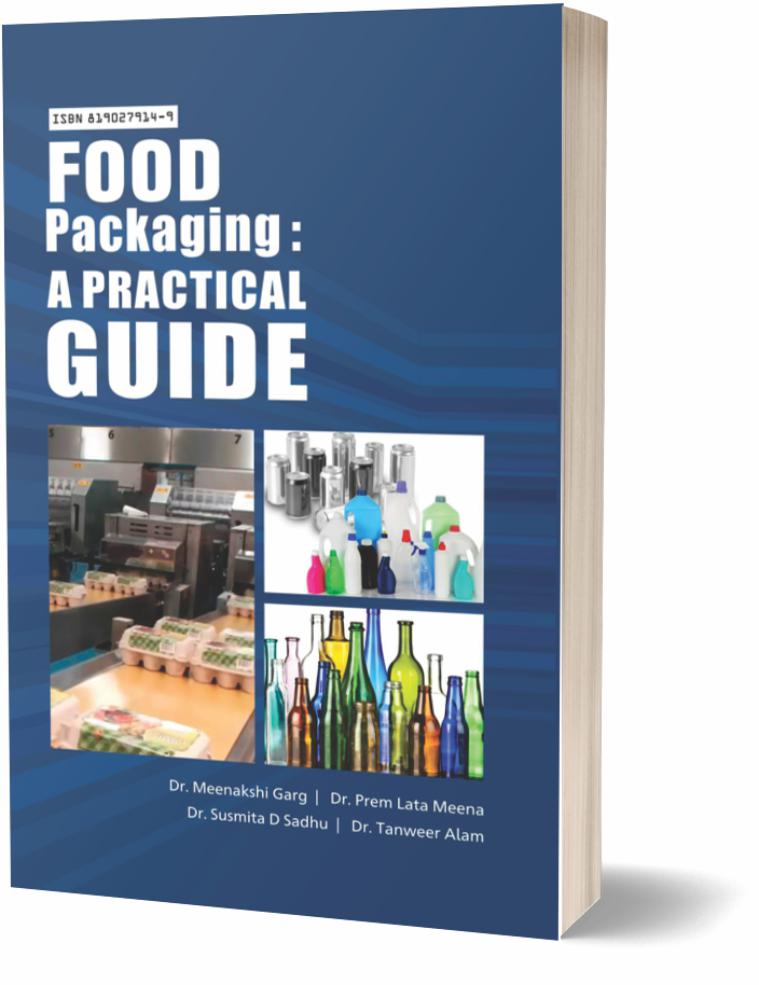The new bioplastic, from Cassava, can be used to extend the shelf-life of food in the country and reduce the amount of food that goes to waste.
 Scientists from the UK and India have developed a degradable bioplastic film that is both significantly cheaper than current films and recycles waste starch produced by the country’s sprawling cassava plant industry. Currently, around 40 percent of India’s fresh produce goes to waste because it can’t be packaged and delivered quickly enough to get to shops. The new bioplastic can be used to extend the shelf-life of food in the country and reduce the amount of food that goes to waste.
Scientists from the UK and India have developed a degradable bioplastic film that is both significantly cheaper than current films and recycles waste starch produced by the country’s sprawling cassava plant industry. Currently, around 40 percent of India’s fresh produce goes to waste because it can’t be packaged and delivered quickly enough to get to shops. The new bioplastic can be used to extend the shelf-life of food in the country and reduce the amount of food that goes to waste.
“In India, cassava is used extensively in the diet of large sections of society. But the cassava plant has to be first treated with washing and beating before it can be used,” said Professor Karnik Tarverdi, Director of Extrusion Technology at the Wolfson Centre for Materials Processing in Brunel University London’s Chemical Engineering Department. Professor Tarverdi, worked alongside project leads Nextek and colleagues from the University of Greenwich.
“When the plant is treated, it releases tapioca starch that is washed down the waterways and causes pollution downstream. We wanted to harness the waste starch and use it as an additive to make the film cheaper.”
The film, which took two years to develop and was funded by the Innovate UK’s Newton Fund, contains 30 per cent tapioca starch and has the same properties as standard food-grade plastic film. Whilst the product isn’t yet commercially available, the lower cost of the raw materials used to make the new film makes it feasible for more farmers and producers to wrap their fresh produce.
The researchers will now pass their work on to their Indian partners, who are setting up a new manufacturing plant to replicate and demonstrate the new film at a much larger scale.
You may also be interested in our recent useful publication:

PP 248 | Price Rs.250
Food Packaging: A Practical Guide
Edited & Compiled By:
Dr Meenakshi Garg, Dr Prem Lata Meena
Dr Susmita D Sadhu and Prof. Tanweer Alam
Packaging is described as a “Complex, dynamic, scientific, artistic and controversial segment of business”. Product packaging often serves as the first impression of a brand for a consumer. There are various types of tests performed for all kinds of packaging materials.
The book covers all the important test methods for qualitatively and quantitatively analysing the packaging materials including plastic film, paper, paperboard, tin and glass. The detailed explanation of each and every described test methods in the book would definitely be beneficial for graduate and post graduate students, teaching and R & D professionals of Packaging Industry.
Send your orders along with the Rs.250 + 50 (Postal Charges)
The Computype Media,
208 IJS Place, Delhi Gate Bazar, Darya Ganj, New Delhi-110002 (India)
Phone: 011-23284148 w Email: computype.media@gmail.com
Reported by: Tim Pilgrim, Media Relations, Photo courtesy: wikimedia.org
For further information on Chemical Engineering at Brunel, please visit: brunel.ac.uk/chemical-engineering














